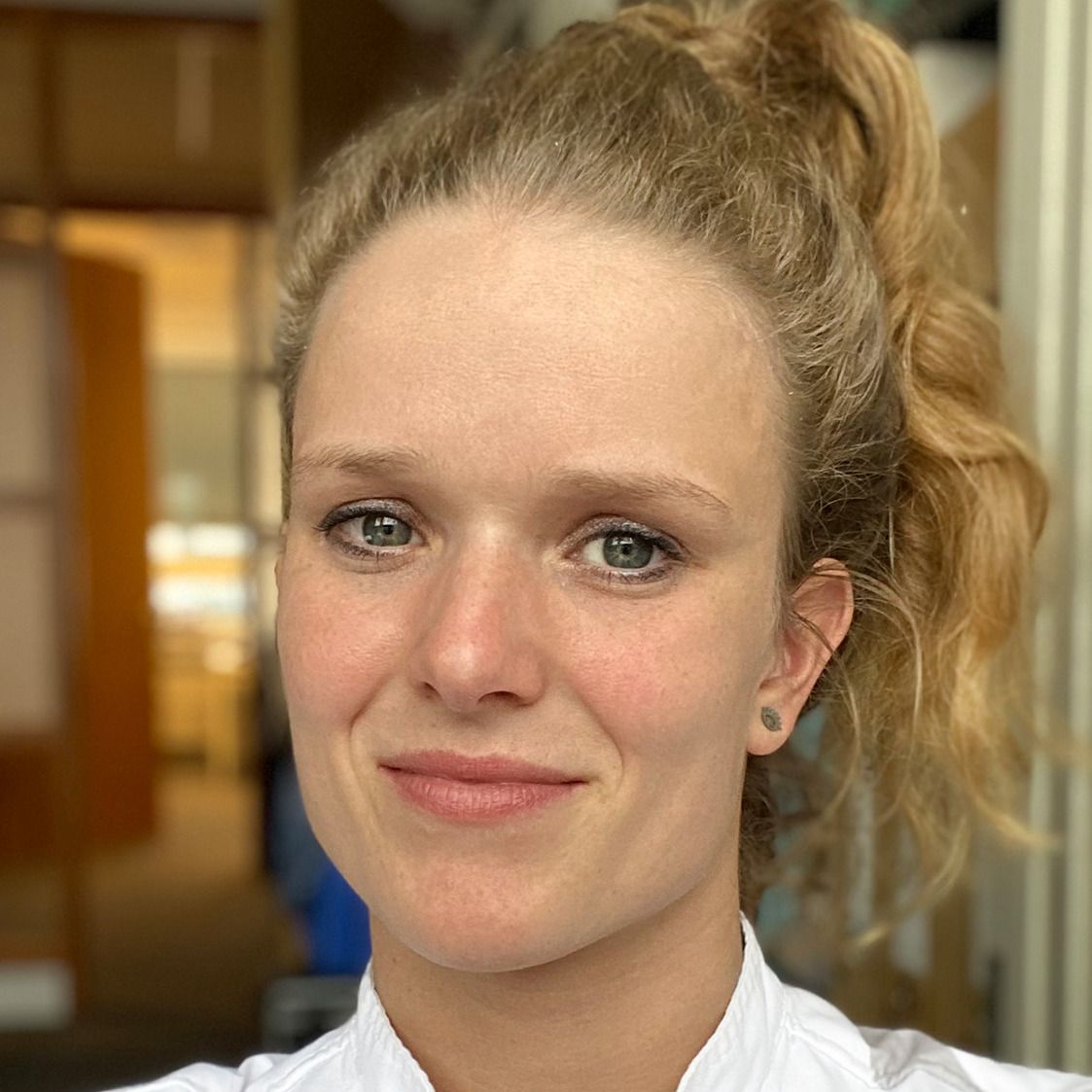Article
High Myopia Regarded as Burden for all Subspecialties in Ophthalmology
Author(s):
The reported complications of high myopia included myopic maculopathy, glaucoma, retinal detachment, and macular neovascularization.
Monica Ravenstijn, PhD

High myopia was linked to various clinical complications and is considered a burden for all ophthalmologic subspecialties, according to new findings from an ongoing prospective study.
In the population of Dutch patients with myopia, the reported complications included myopic maculopathy, glaucoma, retinal detachment, and macular neovascularization.
“Close collaboration between (sub)specialists is essential for optimal health care and research opportunities,” wrote study author Monica Ravenstijn, PhD, Rotterdam Ophthalmic Institute, Rotterdam Eye Hospital.
The findings were presented at the Netherlands Ophthalmological Society Annual Congress.
Investigators sought to study these clinical characteristics of high myopia and determine the subspecialties that were needed to be consulted for the patient population. To do so, a total of 86 eyes of 45 highly myopic patients were analyzed in the ongoing prospective, longitudinal study.
The inclusion criteria were an age 40 years or older, spherical equivalent (SE) of ≤-8D, and European ethnicity. The measurements taken by investigators included Early Treatment Diabetic Retinopathy Study (ETDRS) letters, color fundus photography and ocular biometry.
Moreover, the primary outcomes were best-corrected visual acuity (VA), degree of myopic maculopathy (MM), other reported myopic complications, and consulted ophthalmologic subspecialties.
From the population of 45 highly myopic patients, investigators identified the mean age as 53 ± 8 years, while 30 (67%) were female. The mean SE was -12 ± 4 D and mean axial length was 29.2 ± 2.4 mm.
Data show the BCVA was 73 ± 19 letters (20/40 Snellen). A total of 13 (15%) eyes were moderately visually impaired, while 2 (2%) eyes were legally blind.
Investigators observed myopic maculopathy was present in 34 (40%) eyes and the severity was significantly associated with age (r = .42; P = .004), axial length (r = .70; P <.001), and BCVA (r = -0.45; P <.001). Other reported complications included glaucoma (n = 12), retinal detachment (n = 6), and macular neovascularization (n = 2).
Meanwhile, the consulted subspecialties per patient were general ophthalmologists (33%), refractive surgeons (33%), glaucoma specialties (27%), retinal specialists (20%), and vitreoretinal surgeons (20%). Investigators noted ≥2 subspecialists were consulted by 13 (29%) patients and ≥3 subspecialists by 5 (11%) patients.
“High myopia causes various complications andis a burden for all ophthalmologic subspecialties,” Ravenstijn concluded.
The study, “Clinical characteristics and complications of high myopia in a Dutch population: an ongoing prospective study,” was presented at the 2022 NOG Annual Congress.





